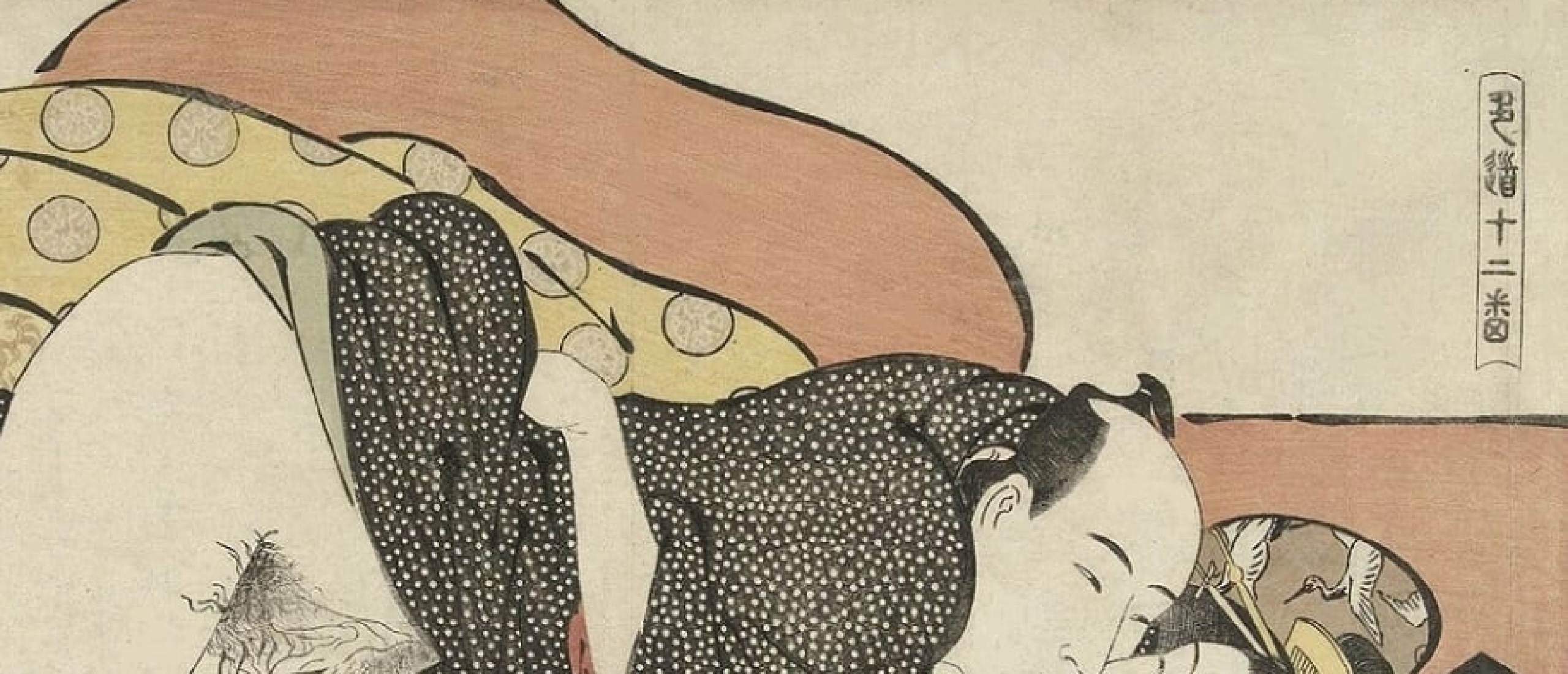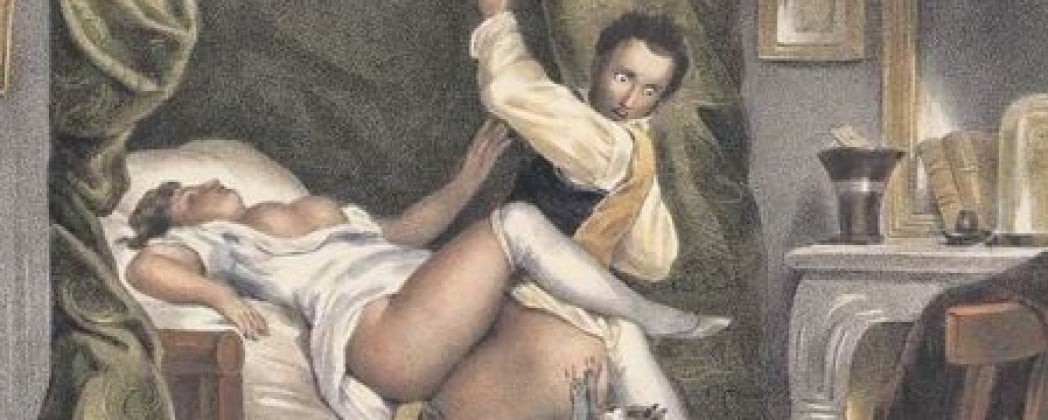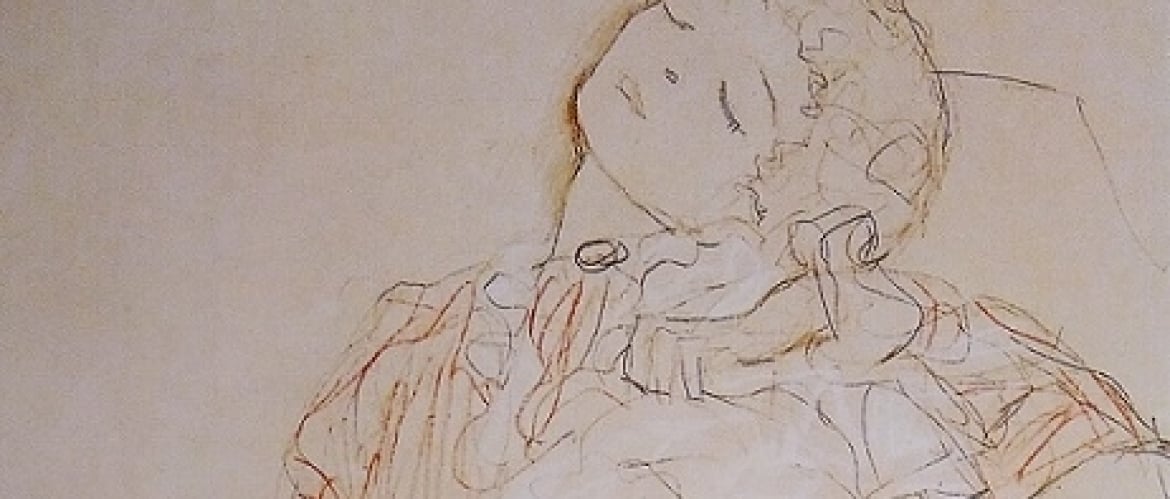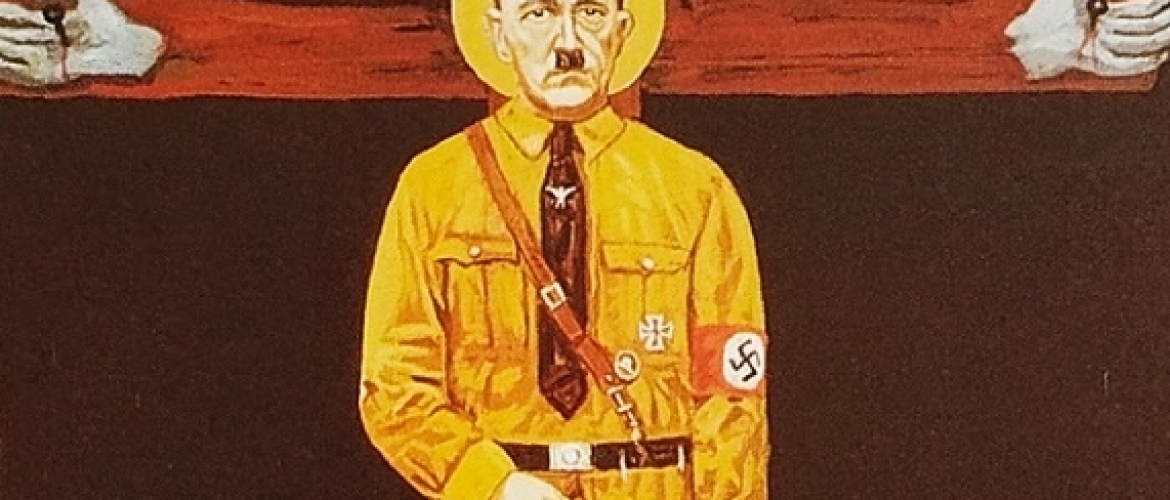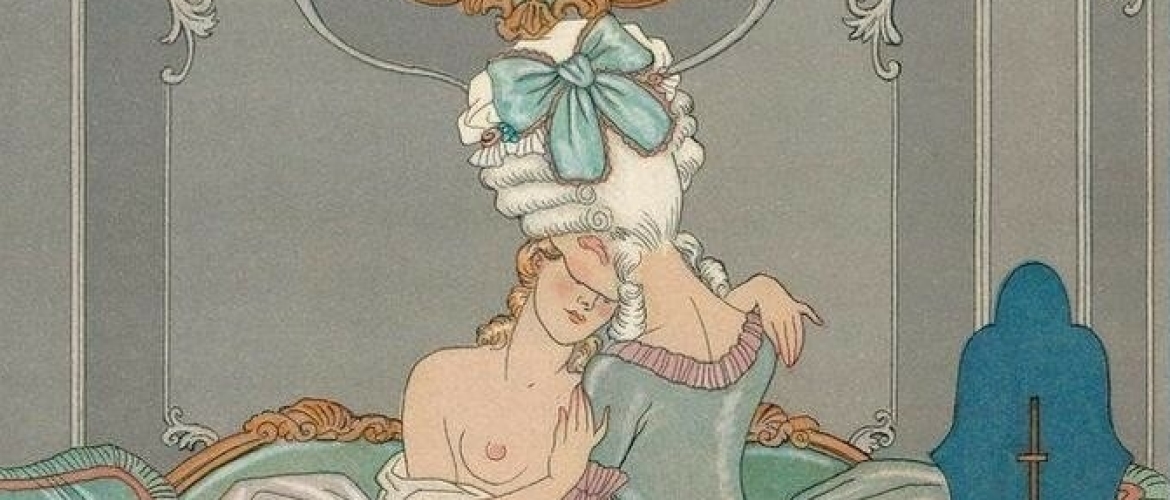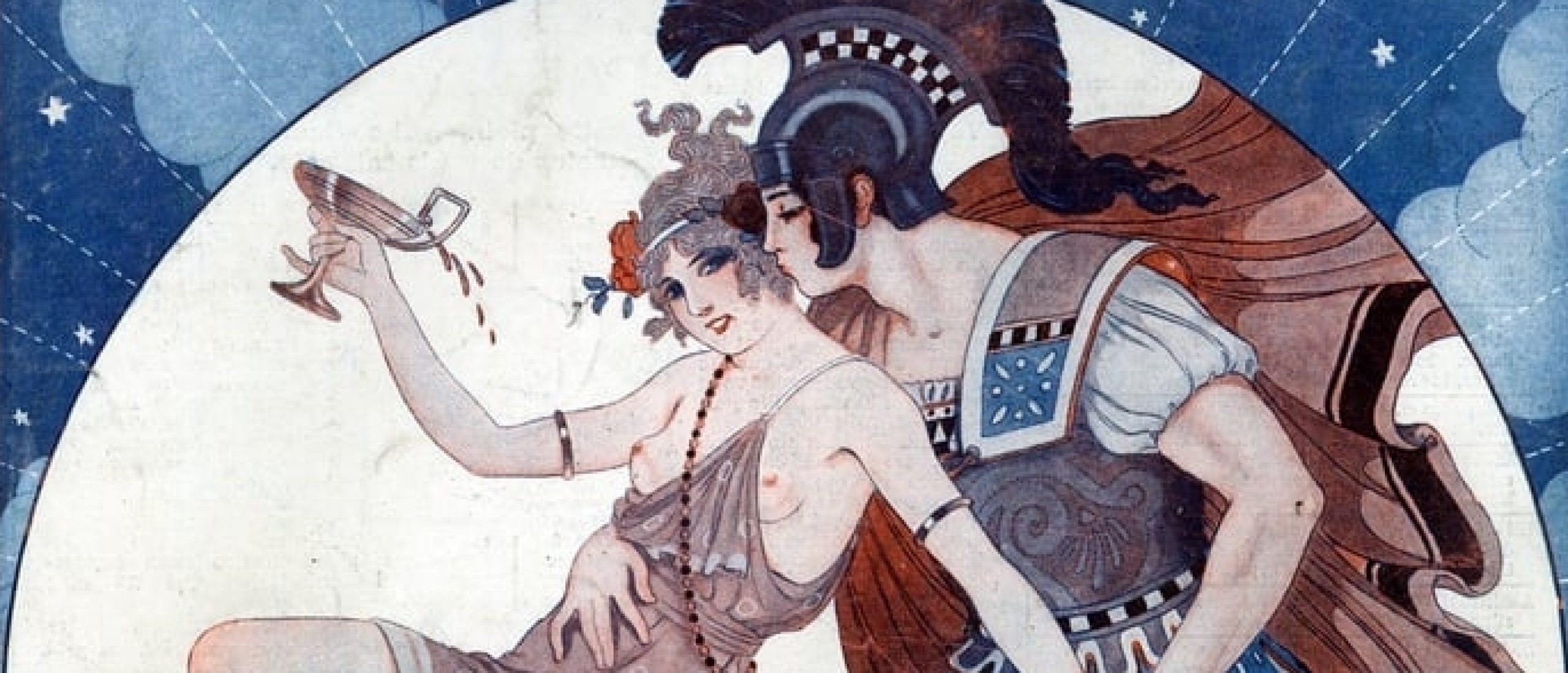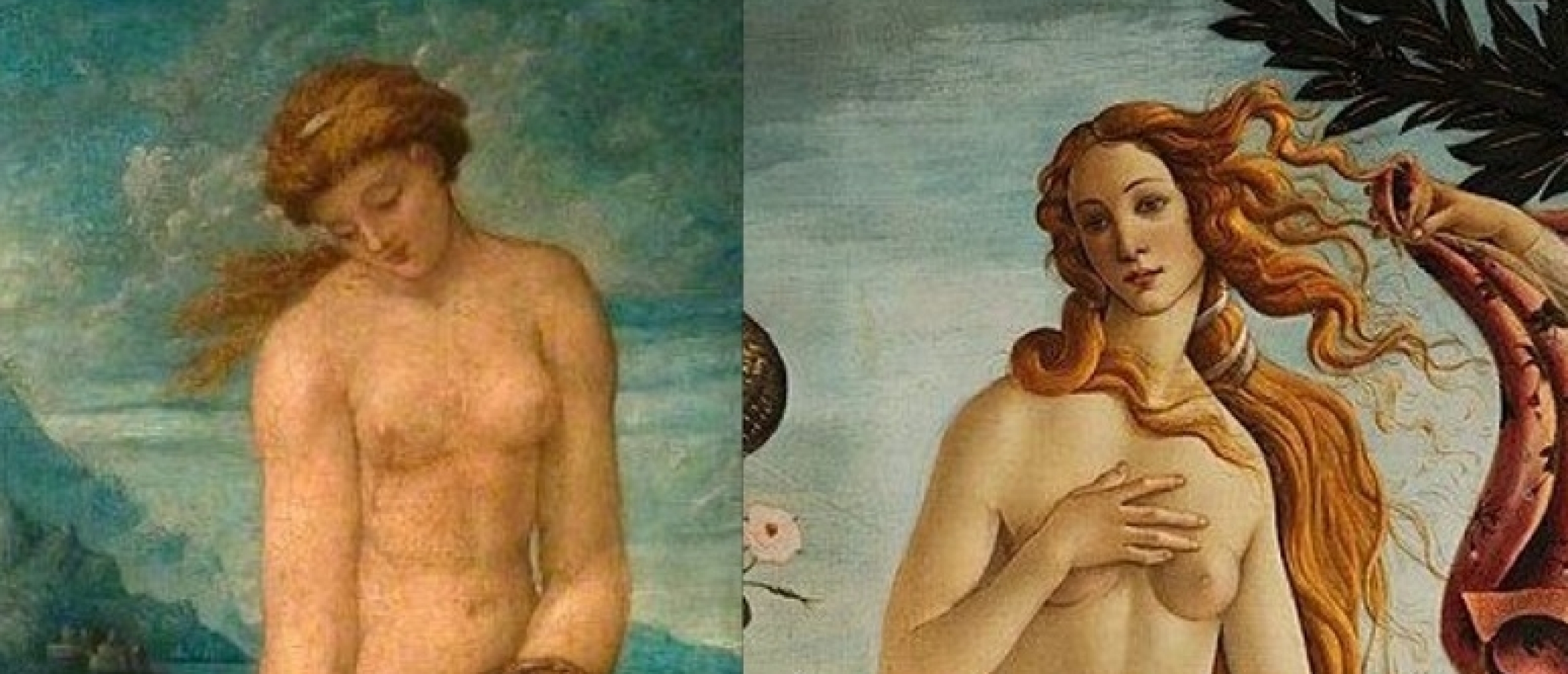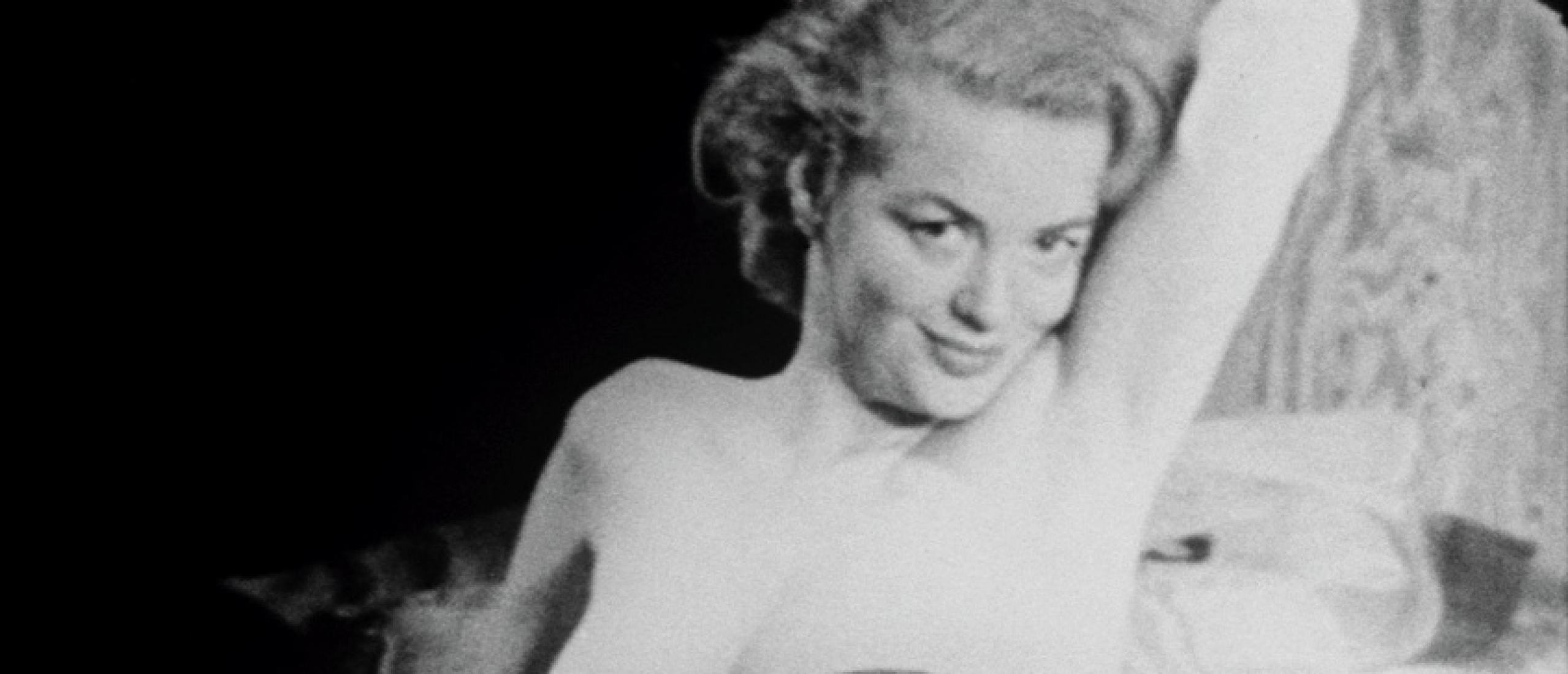
Degenerate Art of George Grosz: Aroused Threesomes, Reclining Lesbians, and Playful Hermaphrodites
George Grosz (1893-1959) was a German painter who specialized in caricatures depicting Berlin of the 1920s. He also was a member of the local dada group. His legacy consists of a vast range of different artworks, from ink drawings and oil paintings to photographs and collages. The most famous work of Grosz “The Eclipse of the Sun” (1926), which he created as payment for a car repair bill, was purchased by the Heckscher Museum of Art for $15 000 in 1968. Then in 2006, the Heckscher announced selling the piece for $19 000 000 to pay for repairs to the building but, due to the public protest, this initiative was canceled.
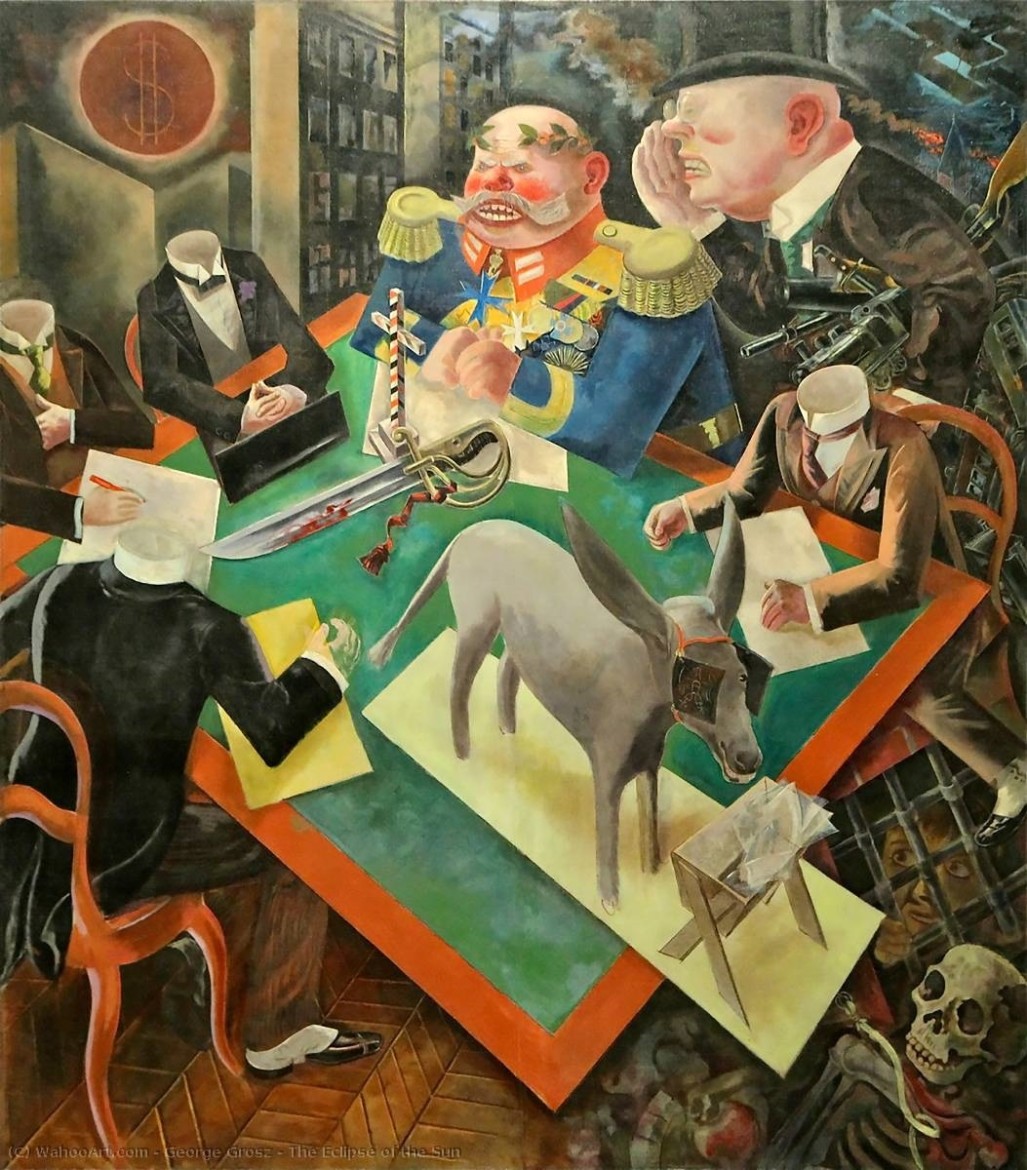
Fig. 1. “The Eclipse of the Sun”, 1926 (allpaintingsstore.com)
Pub-owner
Grosz was a third child in a family of the pub-owner, who died when Grosz was seven years old. In this period, the artist attended the drawing class in Berlin and then studied at the Dresden Academy of Fine arts from 1909 to 1911. His first publication happened in 1910 in satirical magazine “Ulk,” when he was seventeen. Grosz continued his studies at the Berlin College of Arts and Crafts until 1917. The artist had a skeptical view of German nationalism, so, at that time, he internationalized his name (he was born as Georg Groß) yet because he loved American culture and Fenimore Cooper. Due to his political preferences (he was a communist), Grosz immigrated to the USA in 1933 but returned to Berlin in 1959.
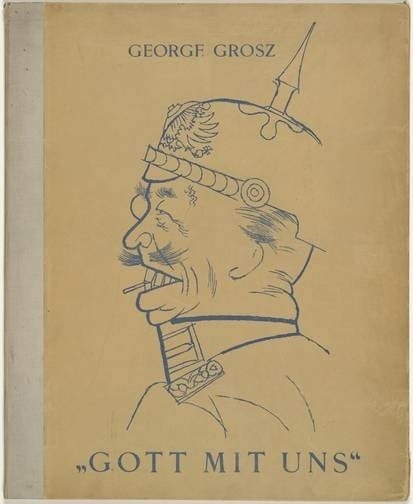
Fig. 2. The cover of “God with Us” series, 1920 (moma.org)
Gott mit Uns
In 1918, Grosz joined the Communist Party of Germany and then was arrested during a strike in Berlin that happened in January 1919. He escaped using fake documents and a year later published an album of nine lithographs entitled “God with Us” and devoted to the topics of the German army and the World War. As a result, Grosz was obliged to pay a 300 German mark fine. In the years that followed, the painter continued producing satirical drawings and was accused of blasphemy in 1928.
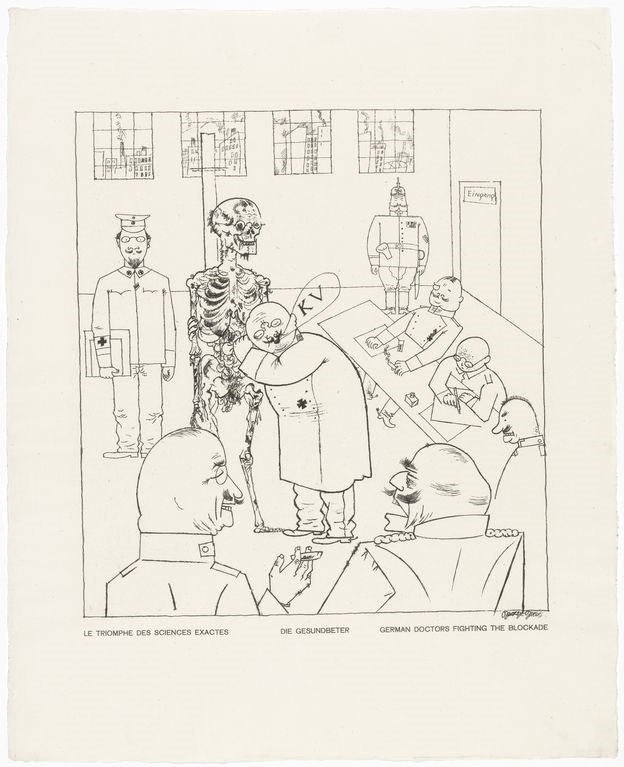
Fig. 3. “German Doctors Fighting the Blockade” from “God with Us” series, 1920 (moma.org)
A Trip to Russia
Grosz arrived in Russia in 1922 and met there the government members Zinoviev, Lunacharsky, and Lenin. This journey was disappointing for the painter, and he left the communist party in 1923, though, didn’t change his political beliefs. Grosz was strongly anti-nazi and lucky enough to immigrate to New York before Hitler’s regime was established.
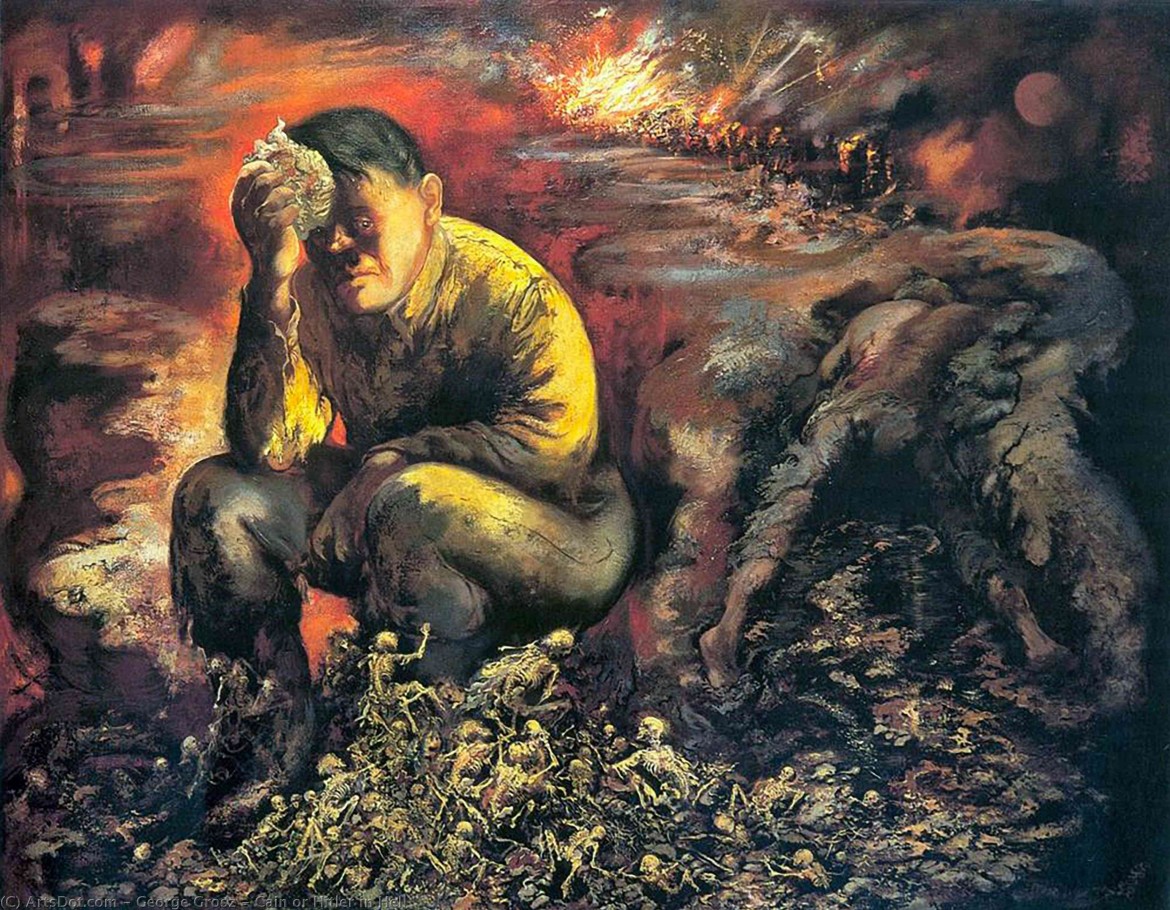
Fig. 4. “Hitler in Hell”, 1944. (artsdot.com)
Turning Back and Falling Down
In the 1930s, Grosz arrived in the USA to teach at the Art Students League of New York. Then he decided to stay there for a long and became a naturalized citizen of the USA in 1938. He depicted crowded streets and nightlife of New York as earlier Berlin. Life, lust, and society were among his permanent topics. In the 1950s, Grosz became an Associate Academician of the National Academy of Design. Several years after, he was also elected to the American Academy of Arts and Letters. Though America was an ideal of his youth, grown Grosz decided to return to the fatherland in 1959. He died in Germany a month after moving there. Being drunk, the artist fell down the stairs, and the effects of the falling were fatal.
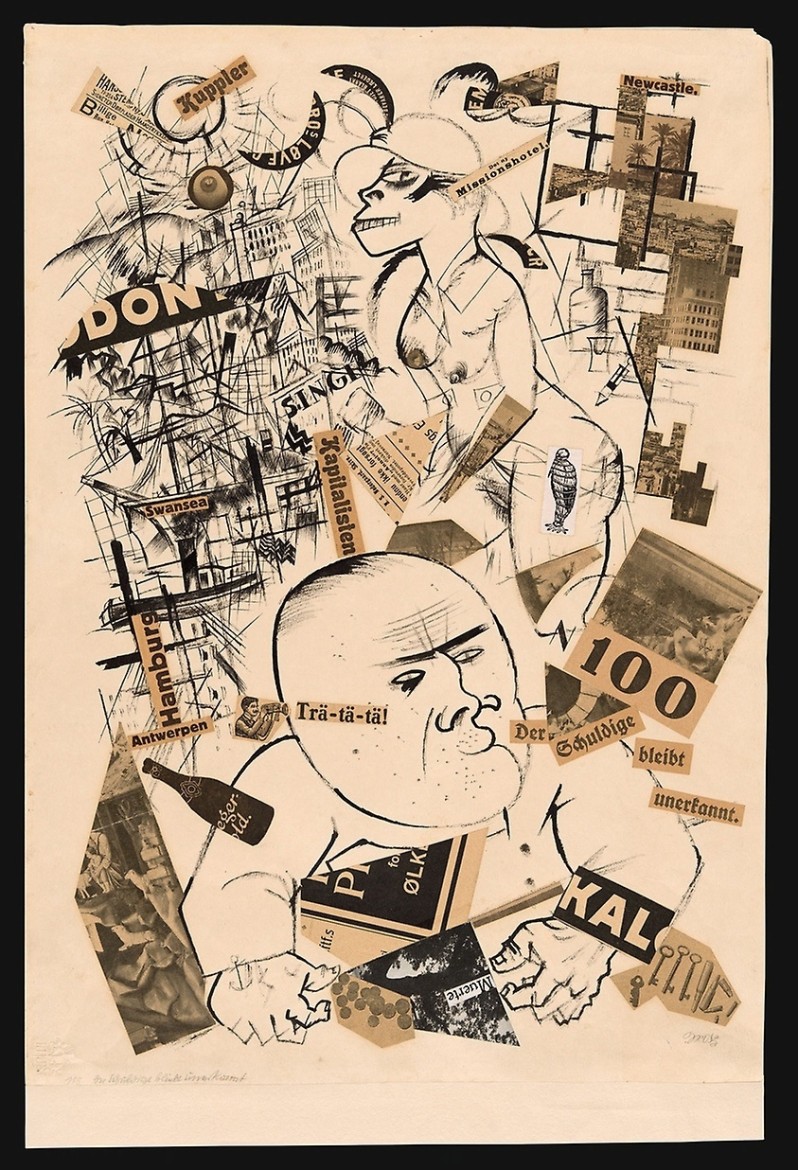
Fig. 5. “The Guilty One Remains Unknown”, 1919 (artic.edu)
Degenerate Art
This term was used in nazi Germany to describe modern art displaying reality without any correspondence to the ideology of the party. The avant-garde art was stigmatized as degenerative because it showed deviations of the world and human nature (e. g. Hans Bellmer) as well as because it’s crucial part was a method or a form and not the content or the idea, which surely was inappropriate for nazis. Satirical works of Grosz, contradicting nationalism long before its’ apogee represented by Hitlerism, were by all means “degenerate.” Moreover, the legacy of the painter consists not only of sharp caricatures but also of sensual drawings, which sometimes get very peculiar, so this term naturally comes to mind of the well-grounded spectator.
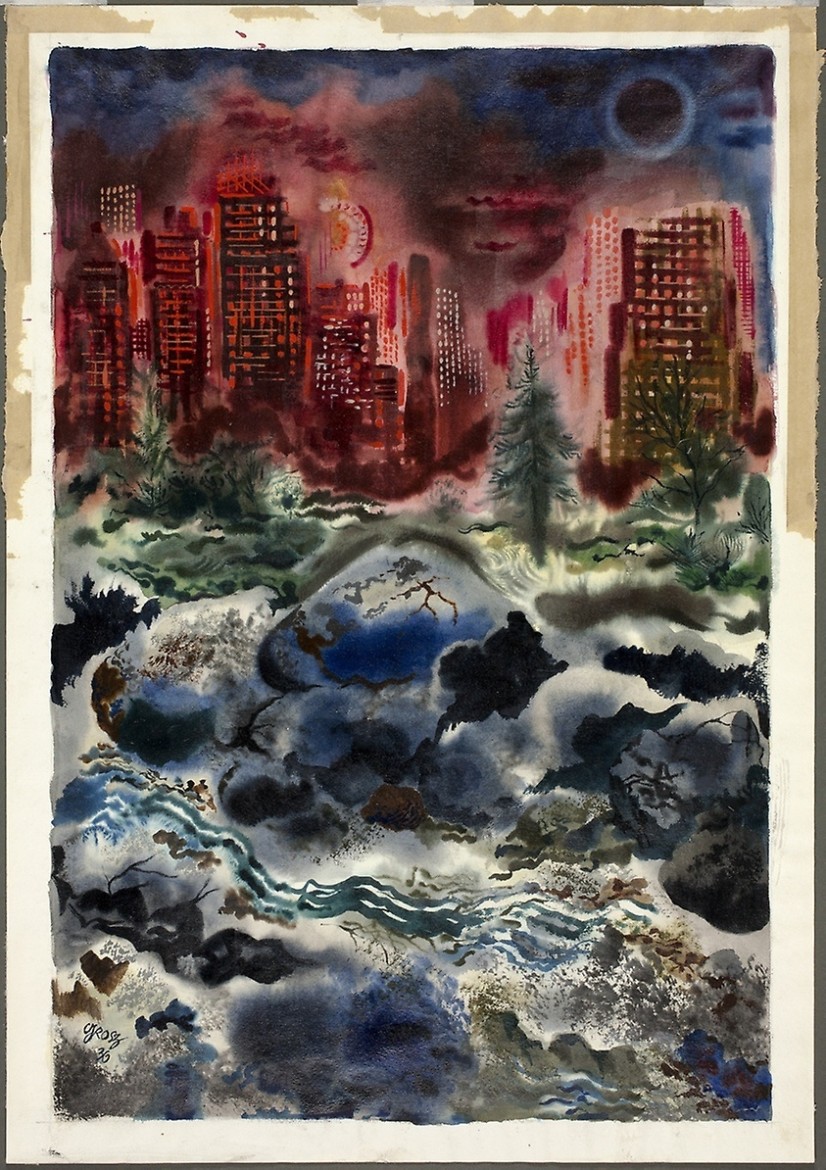
Fig. 6. “Central Park at Night”, 1936 (artic.edu)

Fig. 7. Shunga and Shunga and Shunga and Shunga and Shunga and Shunga and Shunga and Shunga and Shunga and Shunga and Shunga and Shunga and Shunga and Max Ernst\'s Famous Collage Novel
Lotte and Eva
According to Wolfgang Henze, nude rarely appeared in early Grosz’s drawings, but Eva Peter, whom he met in 1918 and married two years later, stimulated his enthusiasm for this theme. At least, faces of his numerous nudes mostly belong to Eva Peter. At the same time, among the drawings, we observe many threesomes with one man and two women. If the prototype of the dark-haired one is Eva then who is that blonde? Here we face the most interesting fact as the second woman is apparently Lotta Schmalhausen/Peter, Eva’s sister. As says Henze, it was she who convinced Eva to pose naked for Grosz.
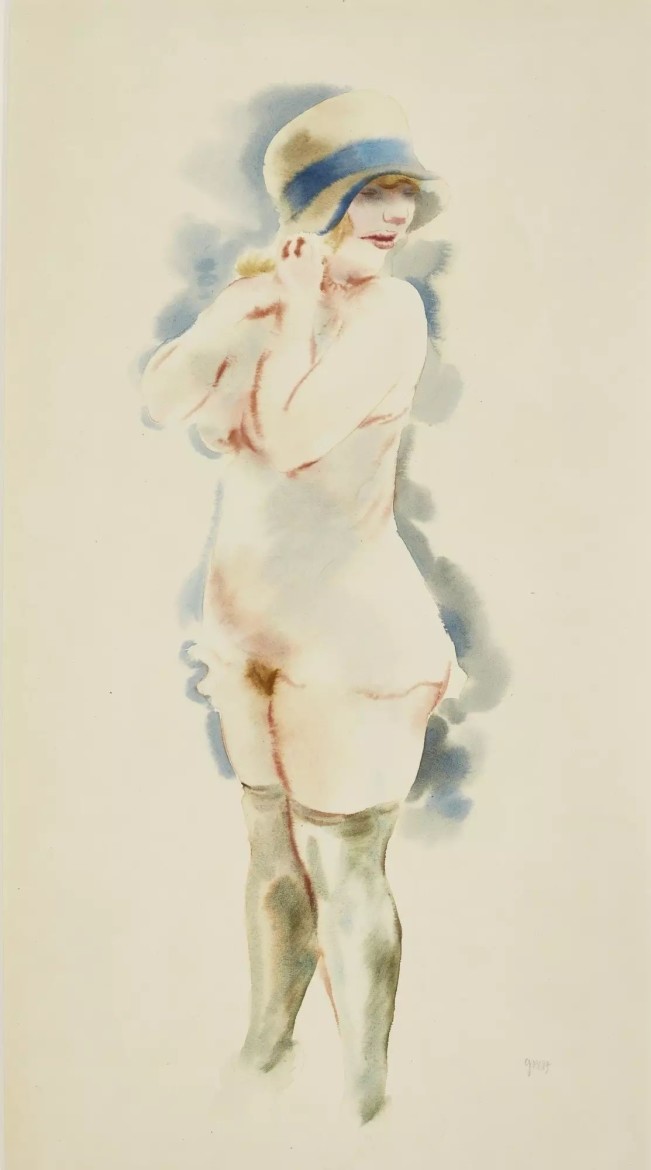
Fig. 8. “Lotte Schmalhausen” (pinterest.com)
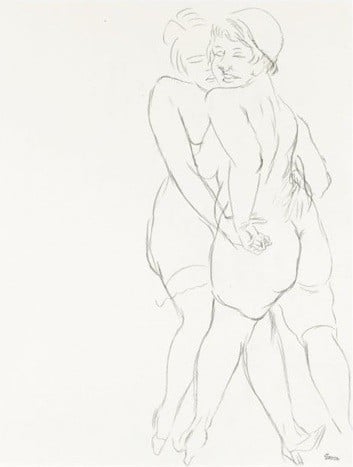
Fig. 9. “Lotte and Eva”, 1927 (pinterest.com)
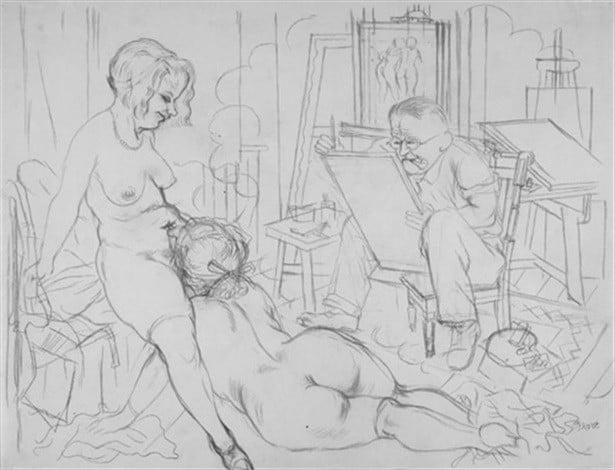
Fig. 10. “In the Studio”, 1930s (pinterest.com)
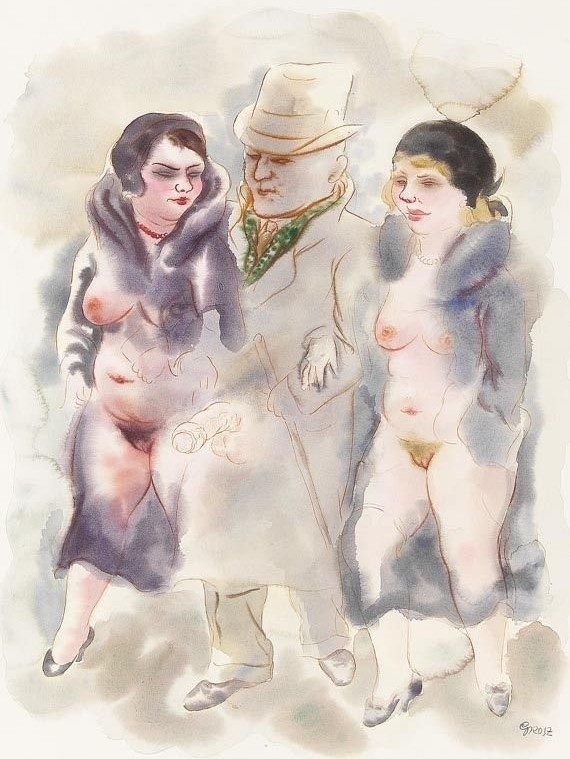
Fig. 11. “The Promenaders”, 1930s (livejournal.net)
Oil-painted Shunga
While the non-erotic works of Grosz obviously belong to futurism, the erotic ones with the poses of people, the size and detailed depiction of genitals, unavoidably make us think of shunga influence. Japanese woodcuts, which the artist discovered during his studies in Berlin, are said to be an important source of his works. As Japanese artists, Grosz uses different techniques in his erotic drawings. Sex can be depicted both as a caricature in ink or pencil and as a more realistic act when it comes to oil paintings. Sometimes Grosz delivers a sensual message without displaying sex games but underlining the character’s gender, for instance, by transparent clothing (fig. 11). Grosz also quite often depicts women dressed only in furs, which could have its’ source in a famous story of Sacher-Masoch, where the woman is displayed both a dominant and a submitter.
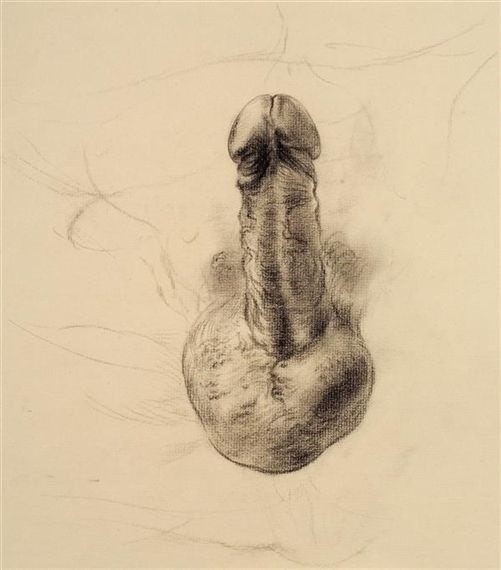
Fig. 12. Etude of the Penis (pinterest.com)
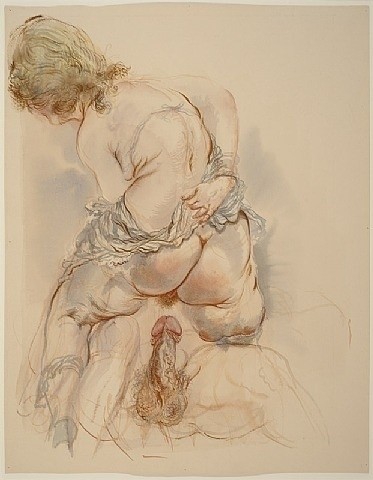
Fig. 13. Sex scene from behind (blogspot.com)
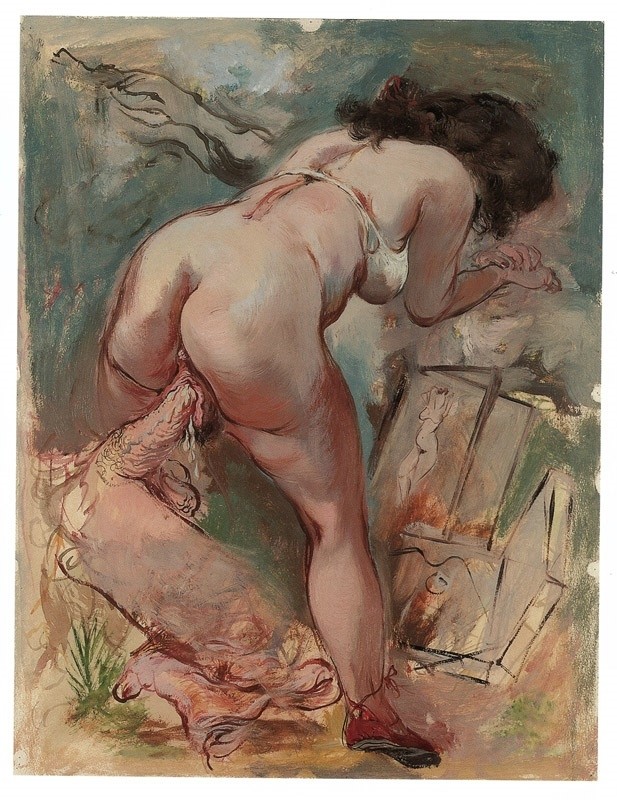
Fig. 14. Woman looking like Eva has sex with a fragment of the male’s body, 1940s (camillemm.com). Body fragments were also a frequent feature of Grosz’s works during 1914-1918 years.
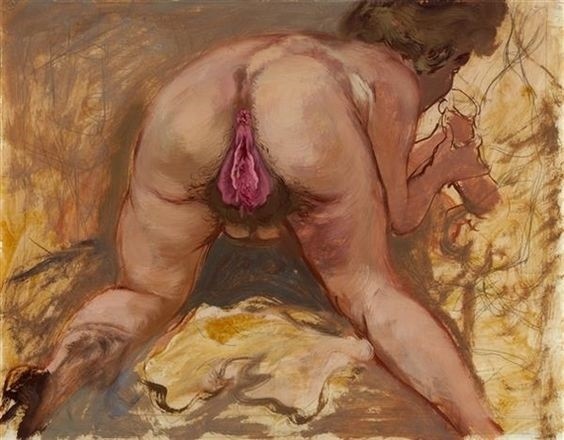
Fig. 15. Woman performing oral sex (pinterest.com)
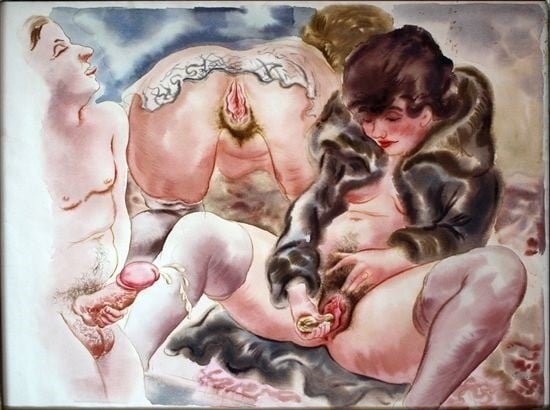
Fig. 16. “With Two Women” (pinterest.com)
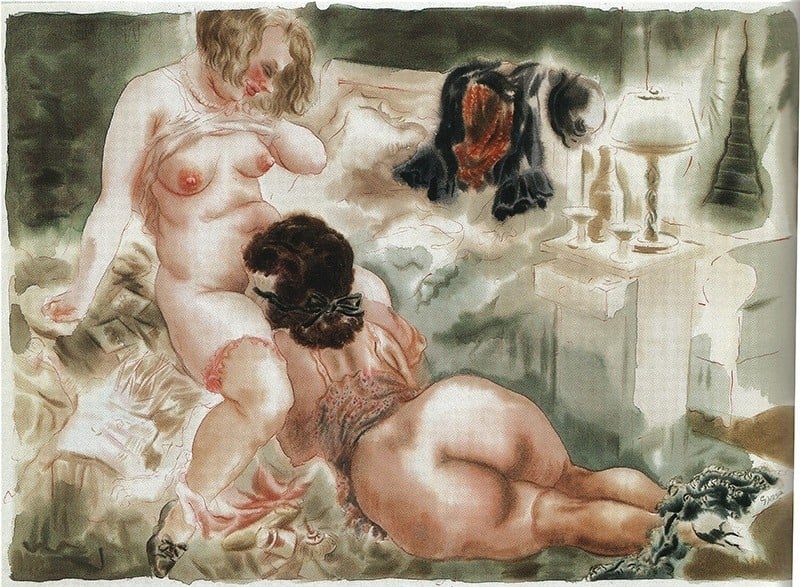
Fig. 17. Colored version of Fig. 10 (camillemm.com)
Can't get enough of Grosz's debauched art? Become a Premium member now and enjoy the extended version of this article in which we take a closer look at Grosz's fascination for hermaphrodites, his Western influences, and 51 other perverse images.
On top of that, you can also find a bonus article in which we, among other things, delve deeper into Grosz's political eroticism and his run-ins with the Nazis including rare additional images of sex murder scenes.
Click HERE for the provocatively posed little girls and Japanese cats by Balthus
Sources: Wikipedia.org; Wolfgang Henze. “George Grosz – The Nude” (Text to exhibition A71 from 13.5. until 23.9.06, taken from henze-ketterer.ch). Image sources are included in inscriptions.
Who is your favorite erotic artist from the first half of the 20th century? Leave your reaction in the comment box below!

